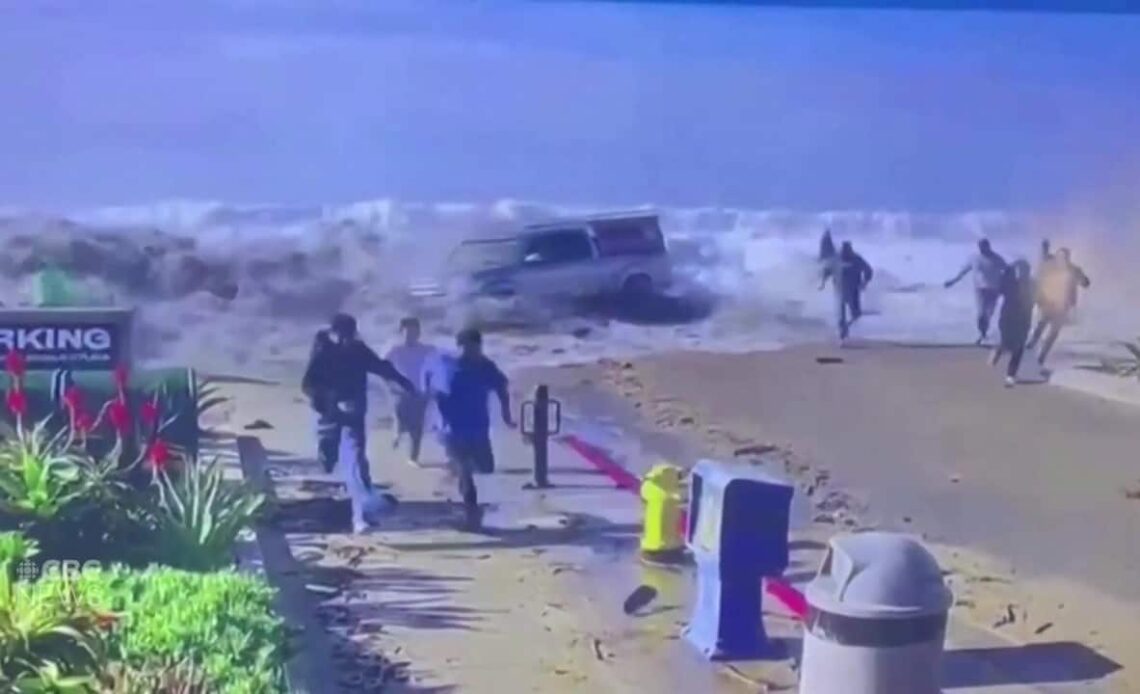Rogue waves were once a spooky bit of marine storytelling, written in ship logs while scientists searched for a way to measure them.
Sailors recounted sightings of freakishly large waves that seemingly came out of nowhere, crashing into their ships — or completely submerging others, never to be seen again.
“It’s something that seagoing peoples have documented for a long time,” said Warren Currie, a Burlington, Ont.-based research scientist with the department of Fisheries and Oceans.
“One example that’s often used is The Great Wave Off Kanagawa,” he added, referring to a famous Japanese print by the artist Hokusai that depicts a monstrous wave engulfing several boats.
Rogue waves are a real — yet rare — scientific phenomenon. One of the most famous instances of a scientifically measured rogue wave came in 1995, when the Draupner wave was recorded in the North Sea off the coast of Norway.
And when a massive wave hit a Ventura, Calif., beach on Thursday, many were quick to call it a rogue.
But was it? And what are rogue waves, anyway?
Gigantic waves pummelled California’s coast on Thursday, including one in Ventura County that crashed over the sea wall at a beach, causing minor injuries to at least eight people. The waves were caused by storms in the Pacific Ocean, which also led to flooding and evacuation orders, and left beaches covered in debris.
What are rogue waves?
Rogue waves are a relatively rare phenomenon, but they can be dangerous. The largest one ever recorded, measuring 17.6 metres, was detected off the coast of B.C. by researchers at the University of Victoria in November 2020.
Those who study the ocean use a measure called significant wave height — which is the average of the largest 33 per cent of waves observed in the ocean — to determine if a wave is large enough to be considered a rogue.
“A rogue wave is a rogue if an individual wave is at least two times that significant wave height,” said Scott Beatty, the CEO of coastal intelligence firm MarineLabs in Victoria, B.C.
Quirks and Quarks8:14A rare ‘rogue wave’ is captured by marine scientists
Rogue waves are a rare and potentially dangerous ocean phenomenon in which waves can suddenly appear that are two to three times higher than the surrounding waves. Johannes…
Click Here to Read the Full Original Article at CBC | Top Stories News…

